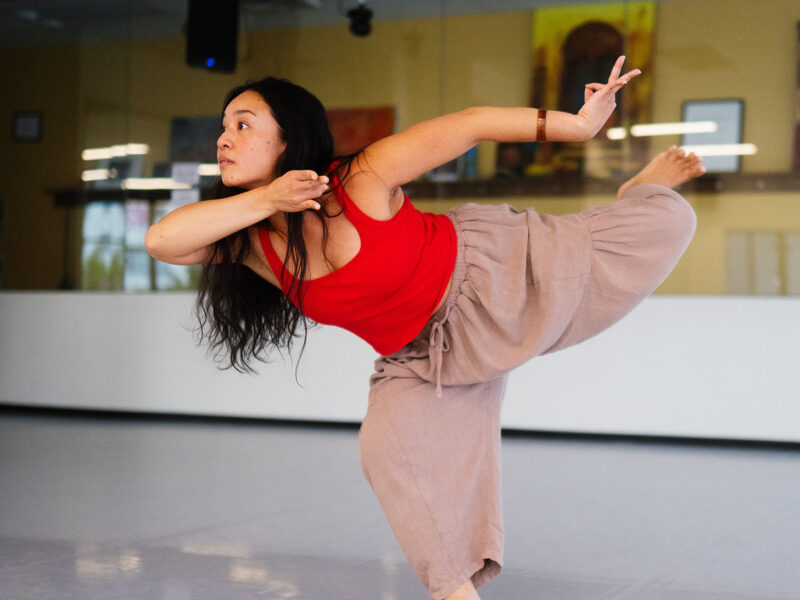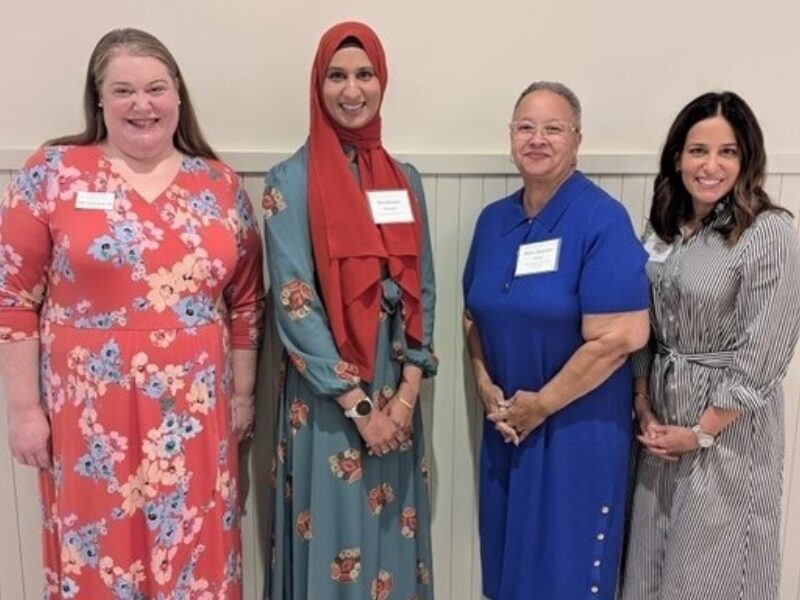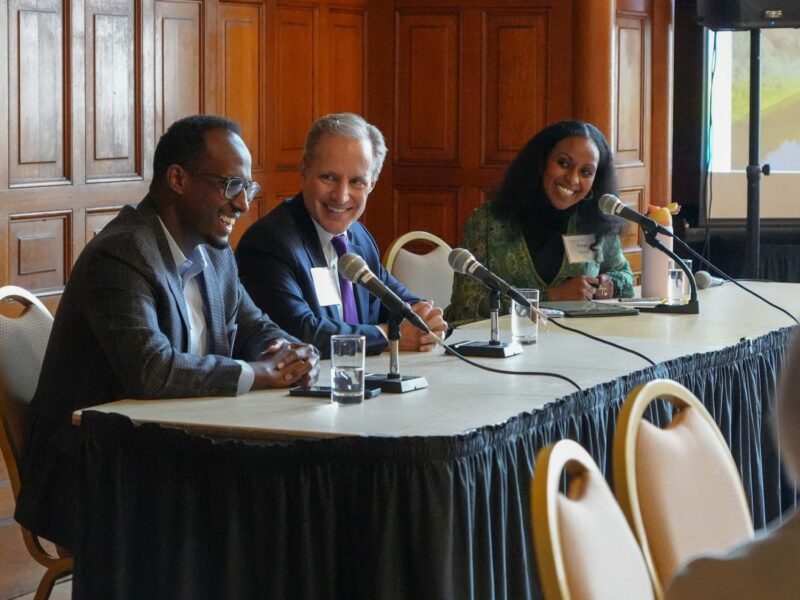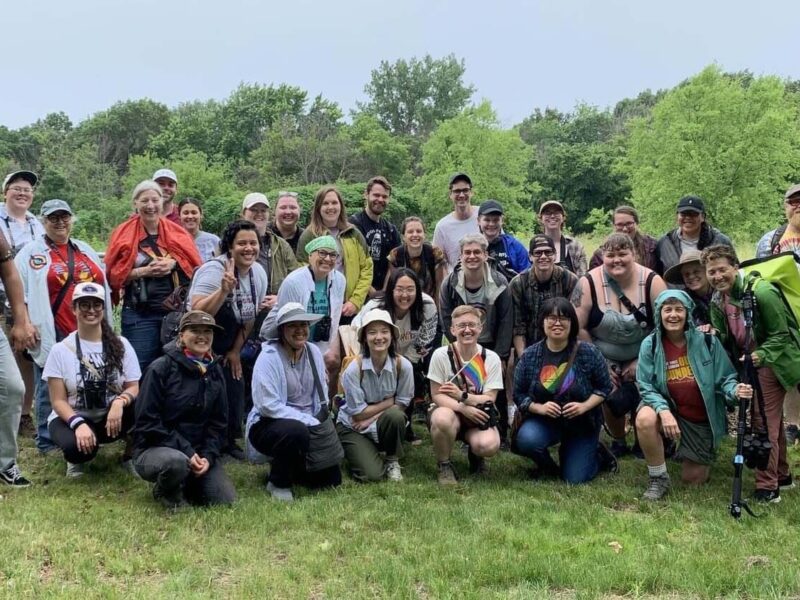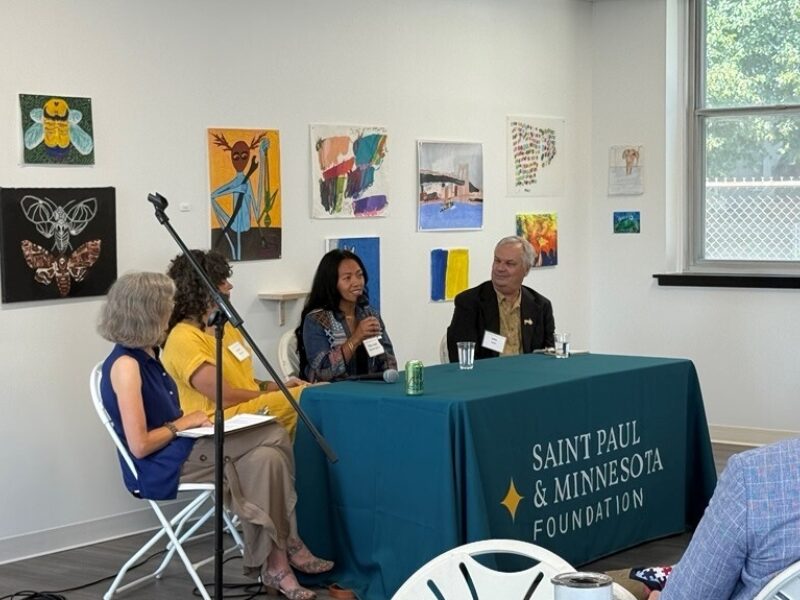In this Giving+Together event recap, three nonprofit partners share the importance of investing in higher education to support low-income, BIPOC & new American students.
Post-secondary education has many benefits, including higher earning potential and improved job security.
At our recent Giving+Together event on higher education, speakers Amanda Moua of Page Education Foundation, Geoff Wilson of College Possible and Jane Graupman of International Institute of Minnesota shared the essential role programs like theirs play in helping low-income, first-generation Americans and Black, Indigenous and people of color (BIPOC) students achieve post-secondary educational success.
The event was moderated by Program Officer Tiffany Kong, who specializes in reviewing grant proposals in education, youth development and out-of-school time.
Topics covered in this discussion included how these organizations have adjusted during COVID-19, as well as what practices they are using to ensure that students thrive in the classroom and in the workforce.
View the full event recording and read discussion highlights below.
Discussion Highlights from Our Speakers
How has your organization responded to the community, given the impacts of COVID-19 and the global response to racism we’re all experiencing?
Amanda: The truth of the matter is that access to higher education through affordability continues to be a barrier. People need money because education is expensive. I think the data shows that the cost of attending college has increased by 150 percent in public universities and about 157 percent at private institutions from 1969 to 2018, and concurrently the wealth gap continues to grow.
So we have been providing scholarships, $16 million in financial support to students of color in Minnesota for the past 33 years, and that’s something that we’re going to continue to do.
Geoff: One specific thing we did knowing that the financial situation was tough for a lot of students was we mobilized over $100,000 in student emergency funds that we were able to distribute over the last year.
While enrollment for the fall of 2020 was down 20 percent across the nation, at College Possible our enrollment went up by 4 percent. We really saw that the work we were doing made a difference. We were glad to see that the investment that we and the community made paid off.
How are you recruiting or doing outreach to some of those students who may be difficult to reach or assist in helping navigate some of these systems around higher education?
Jane: We don’t want anyone to go to college until we have talked to them about what that means. So what we did about 25 years ago working with a lot of nursing assistant graduates who wanted to become nurses was start our own version of remedial education called College Readiness Academy, where we integrate reading and writing skills all in one.
We also have college navigators to help people once they’re in school with financial aid, registration, course sequencing, etc. Those things are so critical if people are going to succeed in college.
Amanda: Our scholarship program historically has been accessible for Minnesota high school graduates who are pursuing a four-year to vocational tech school certification program because it leads to the next step. If college affordability is an issue at a four-year college, there’s the opportunity to go to a community college for general transfer and then transfer for general credits to a four-year institution, which will significantly reduce the cost of education.
What is one phrase or sentence you would use to describe 2021, or what you are looking forward to in the new year as you continue to serve students working toward higher education?
Jane: We’re using the phrase “building wealth,” which maybe you don’t expect to hear from a nonprofit. But to us, that means helping people reach their potential and their goals. Our students have a lot of ambitions and we want to clear the pathway of things that are getting in the way of achieving those. It’s not because they don’t have the skills to do it.
Geoff: “Consistency.” In a very uncertain and chaotic time, one of the things we really try and provide is consistency. We are here, we are walking with you on your journey and we are not going anywhere. We will continue to be a consistent source of support in whatever ways our students need and ask for.
In addition to College Possible, the International Institute of Minnesota and the Page Education Foundation, donors may also be interested in the following nonprofits that serve youth and adults seeking post-secondary education. These organizations have received support from the Saint Paul & Minnesota Foundation or our partner organizations, F. R. Bigelow Foundation and Mardag Foundation.
- Friends of Saint Paul College Foundation
- Metropolitan State University Foundation
- Genesys Works
- Century College Foundation
- Wallin Education Partners
- Transcend IT
- Hispanic Outreach of Goodhue County
- Saint Paul Public Schools College Readiness Academy
- Literacy Minnesota
To learn more about how you can support organizations like the ones featured, please contact your philanthropic advisor. Learn more about upcoming events.
Editorial Note: Quotes from our participants have been edited for clarity and length.




